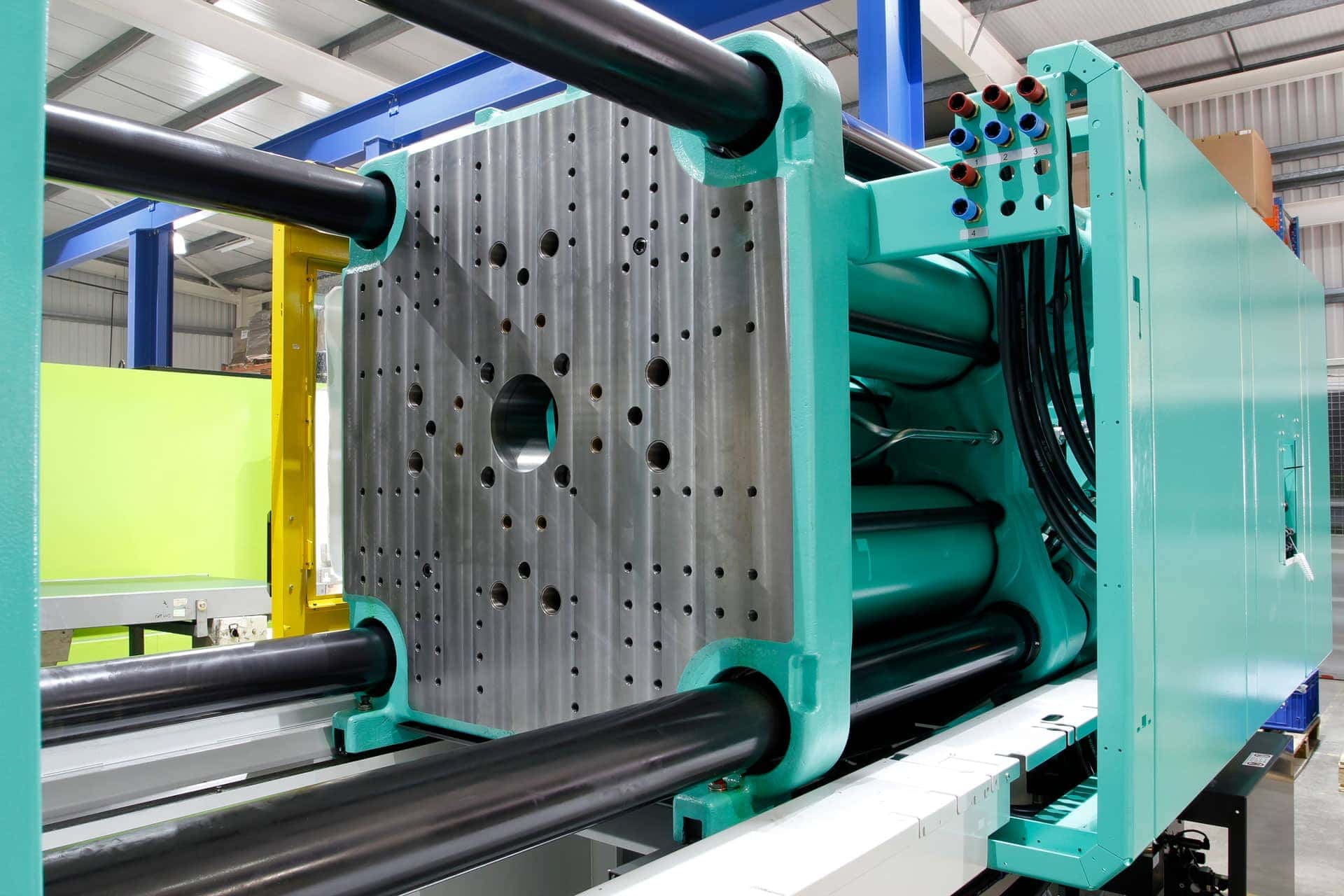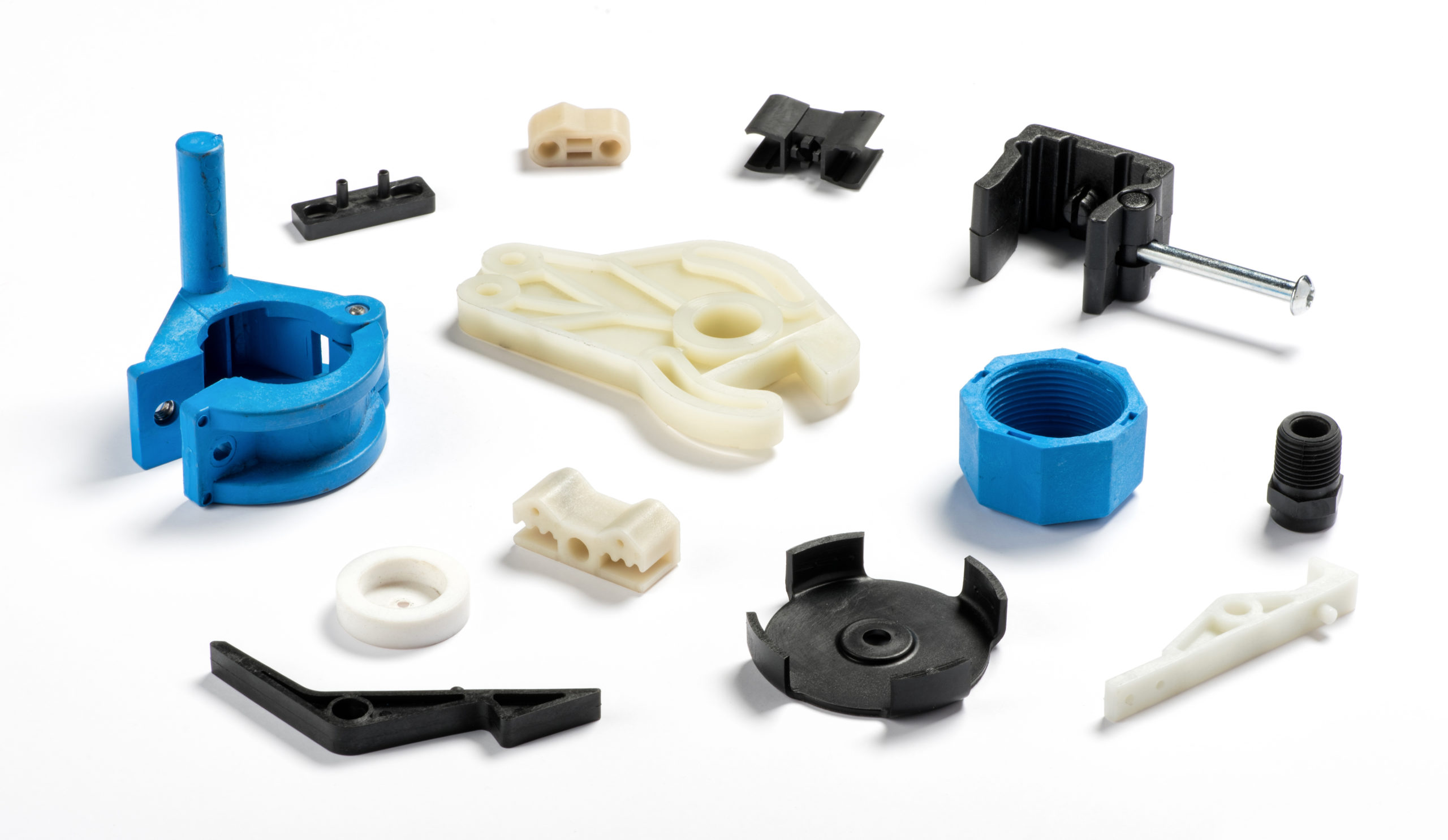Exactly How Plastic Injection Molding Guarantees Uniformity and Accuracy in Manufacturing
Exactly How Plastic Injection Molding Guarantees Uniformity and Accuracy in Manufacturing
Blog Article
Recognizing the Basics of Plastic Injection Molding Processes
Plastic injection molding functions as a cornerstone of modern-day manufacturing, giving a methodical method to generating intricate components with precision. This process not only encompasses the essential actions of melting and infusing materials into molds however likewise involves a nuanced understanding of different affecting aspects, such as temperature and stress. As sectors increasingly demand efficiency and quality, the ins and outs of this method end up being much more crucial. Discovering these essential elements could reveal how even small changes can bring about substantial renovations in manufacturing end results, questioning regarding the capacity for development in this recognized process.
What Is Plastic Injection Molding?
Plastic injection molding is an extensively used manufacturing process that transforms thermosetting and thermoplastic products into accurate and complex shapes. This technique is favored for its capacity to produce high quantities of identical components with extraordinary precision, making it a vital method in different sectors, consisting of automobile, durable goods, and medical gadgets.
The procedure involves melting the selected plastic product and infusing it right into a mold under high pressure. The mold, created to the requirements of the desired part, enables the liquified plastic to form as it cools down and solidifies. Once the material has solidified, the mold and mildew is opened up, and the ended up element is expelled.
Plastic injection molding provides a number of advantages, consisting of decreased waste, uniformity in manufacturing, and the capability to include elaborate layouts that may be challenging with other producing methods. Additionally, it sustains a broad variety of materials, each supplying unique residential properties that can be customized for details applications. As markets remain to introduce, plastic shot molding continues to be at the center, enabling the development of advanced items that fulfill advancing consumer demands.
The Shot Molding Process
The injection molding procedure is a sophisticated strategy that involves several vital stages to generate premium plastic parts. Plastic pellets are fed into a heated barrel where they are melted into a viscous liquid. This molten plastic is then infused under high pressure into a precision-engineered mold and mildew, which forms the product right into the wanted form.
As soon as the mold is loaded, the plastic is allowed to strengthen and cool, taking the shape of the mold cavity. Air conditioning time is crucial, as it influences the cycle time and the final buildings of the molded component. After sufficient cooling, the mold and mildew opens up, and the ended up part is ejected utilizing ejector pins.

Products Made Use Of in Shot Molding
Various materials can be utilized in the shot molding procedure, each offering one-of-a-kind residential or commercial properties that accommodate certain applications. The most commonly utilized products consist of thermoplastics, thermosetting plastics, and elastomers.

Thermosetting plastics, like epoxy and phenolic resins, undertake a chemical adjustment during the treating procedure, resulting in a rigid, stringent framework. These materials are excellent for applications needing high heat resistance and architectural why not look here honesty, often made use of in electrical insulators and vehicle components.
Elastomers, including silicone and rubber-based products, give adaptability and strength. Their distinct residential properties make them suitable for applications that demand elasticity, such as gaskets and seals.
In addition, specialty materials like bio-based plastics and composites are acquiring grip for their ecological advantages and boosted efficiency characteristics, broadening the range of injection molding applications in different markets. Recognizing the properties of these materials is essential for selecting the suitable type for certain projects.
Advantages of Injection Molding
Shot molding stands out as a highly efficient production procedure that supplies countless benefits for creating complicated components with precision. One of the most significant advantages is the capacity to produce elaborate styles that would be difficult or difficult to attain with other techniques (Plastic Injection Molding). The process permits limited resistances and detailed features, ensuring check my reference high-quality parts
Furthermore, injection molding is recognized for its fast production capacities, making it an optimal choice for high-volume production. Once the mold and mildew is produced, parts can be generated swiftly, decreasing lead times and raising general productivity. This effectiveness not only decreases production prices however additionally supplies a competitive side on the market.
The convenience of materials made use of in injection molding better improves its allure. A vast array of thermoplastics and thermosetting polymers can be utilized, permitting producers to pick materials that finest meet their certain requirements, Going Here including versatility, warmth, and strength resistance.
Additionally, the procedure minimizes waste, as excess product can often be reused and recycled. This sustainability facet adds to a minimized ecological influence, making injection molding a responsible manufacturing selection. On the whole, the advantages of injection molding make it a recommended method for many industries.
Factors Impacting Item Top Quality
While numerous elements can influence product high quality in shot molding, recognizing these elements is important for accomplishing optimum outcomes. Trick aspects include product choice, processing specifications, and mold and mildew style.
Product choice plays a crucial duty, as various polymers show one-of-a-kind properties that affect flowability, strength, and thermal stability. Inadequate material selection can lead to defects such as warping or insufficient dental filling.
Handling specifications, including cycle, temperature, and stress time, should be carefully managed. Variants in these setups can cause inconsistencies partly measurements and surface area finish. As an example, exceedingly heats may cause destruction of the polymer, while poor pressure can lead to brief shots.
Mold layout is similarly important, as it establishes the circulation of the molten plastic and the cooling process. Inadequately created molds might result in uneven air conditioning rates, causing dimensional inaccuracies and recurring tensions.

Final Thought
Finally, plastic injection molding acts as a vital production process that allows the effective production of top quality components. Mastery of the shot molding procedure, consisting of the understanding of materials and the influence of different variables on item top quality, is essential for attaining optimum outcomes. The advantages of this method, such as cost-effectiveness and layout adaptability, more emphasize its value throughout several industries, strengthening its condition as a favored choice for high-volume manufacturing.
Plastic injection molding serves as a keystone of contemporary manufacturing, giving a systematic method to producing complicated components with accuracy.Plastic injection molding offers numerous advantages, consisting of minimized waste, consistency in manufacturing, and the capability to include elaborate designs that may be challenging with various other manufacturing techniques (Plastic Injection Molding). As industries proceed to innovate, plastic shot molding remains at the leading edge, enabling the growth of advanced items that meet progressing consumer demands
The shot molding procedure is an innovative method that entails a number of vital stages to create top quality plastic parts.In conclusion, plastic injection molding offers as a crucial production procedure that allows the effective production of top notch elements.
Report this page